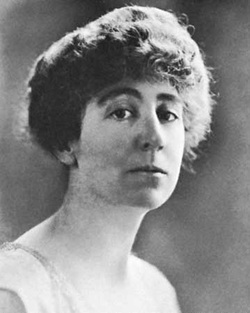 Jeanette in 1918
Jeanette in 1918 Reading about Jeanette Rankin compels one to think about peace from the perspective of the first woman EVER to be elected to Congress, and from a state (Montana) where the women still couldn’t vote… Jeanette was really, truly “representing” in a way that no woman would ever do again. The eyes of the entire world were on her.
And only one month into her term, the resolution to enter World War I came up for the vote. The President wanted to fight. Many, if not most, Americans wanted to fight. The members of the suffrage organizations for whom she had worked wanted to fight. And if there wasn’t already enough pressure on Jeanette, she knew that a pacifist vote from her would be seen as a gendered vote. Because war is men’s business.
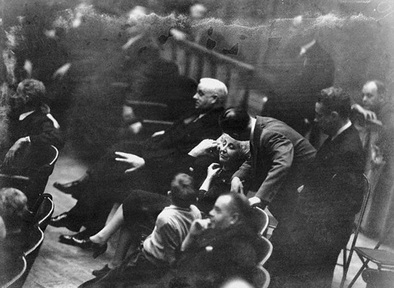 Jeanette preparing to vote "no" in 1941
Jeanette preparing to vote "no" in 1941 Jeanette ran for Congress again, two decades later, in 1940. In December 1941, Pearl Harbor was bombed, and this time she was the only member of Congress to vote against war. Withstanding concerted pressure from party leaders from Montana, she refused to change her vote. After Italy and Germany declared war on the US, Jeanette abstained from voting for or against, simply stating “Present.”
And, of course, that was the end of her government career. She continued in her anti-war work, protesting both the Korean War and the Vietnam War. In her words, “You can no more win a war than you can win an earthquake.” And, “There can be no compromise with war; it cannot be reformed or controlled; cannot be disciplined into decency or codified into common sense.”
She visited India seven times, meeting with Ghandi and studying his methods. She helped found the Women's International League for Peace and Freedom. She was also a founding Vice President of the ACLU.
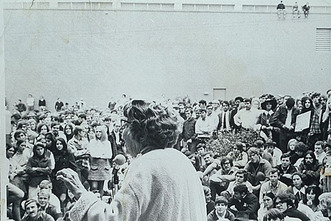 Jeanette in 1970, addressing anti-war activists
Jeanette in 1970, addressing anti-war activists The second thing was where and how she chose to live. In 1924, she bought sixty-four acres of scrub in Bogart, Georgia, and built a one-room house. It had a fireplace at one end and a car radiator at the other. The theory was that water heated by the fireplace would circulate to the car radiator, but it couldn’t have been very efficient without a pump… and there was no pump, because there was no electricity. There was no running water either. She had an outdoor, manual pump, and she would pour her dishwater into a funnel that led to a pipe that drained to the outside. Her toilet was a wood box that required emptying outdoors.
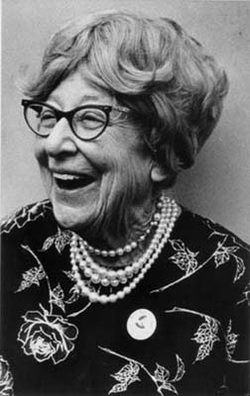
When this house burned down, she built a rammed earth house with a roof of saplings and tar paper. Now, this was 1942, not 1969… and Jeanette was an upper-middle-class, two-time former Congresswoman in her 60’s, not a twenty-something hippie. She ended up abandoning the rammed earth project and moving to a sharecropper’s cabin in Mars Hill, Georgia. Here, she had electricity and other amenities (a chemical toilet!), but she built an annex with a tamped earth floor.
Her friendships with her rural neighbors crossed class and race lines, as she shared her car for shopping trips and organized clubs for the children, teaching them how to make a dam for a swimming hole and then how to sew bathing suits.
Even though she did not preach this lifestyle, I believe it was part of Jeanette’s peace work. I believe that she understood the progression from unsustainable consumerism to unfair distribution of wealth to social and political instability to war. Her peace activism wasn’t just about joining organizations or lobbying politicians. It was down to the roots. It was “What’s my part in this? And how are my actions contributing to the problem or the solution?”
It’s interesting to me how sources like Wikipedia neither make mention of her lifetime affinities with women and probable lesbianism, nor do they mention her radical lifestyle of voluntary simplicity decades before the environmental movement. I think they overlook the touchstones of her activism.
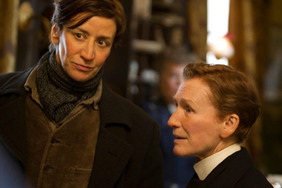
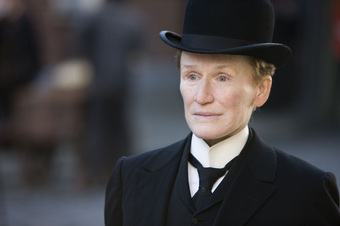
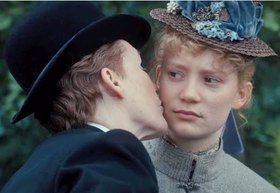
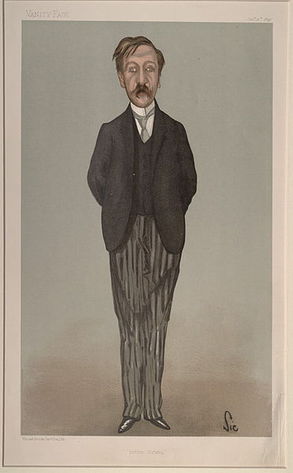
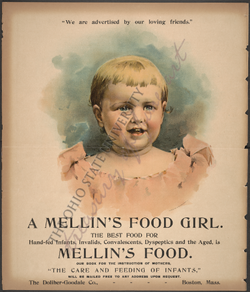
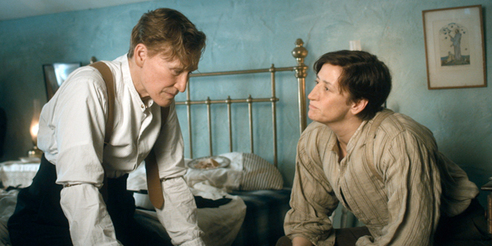
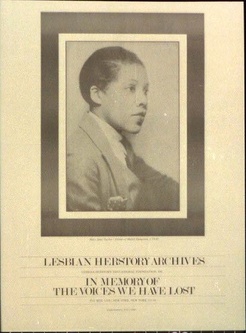
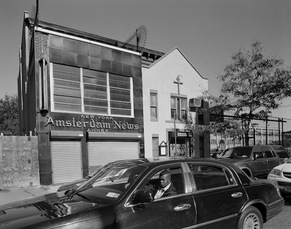
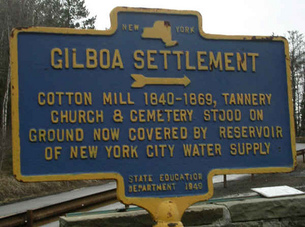

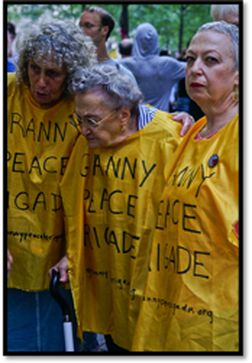
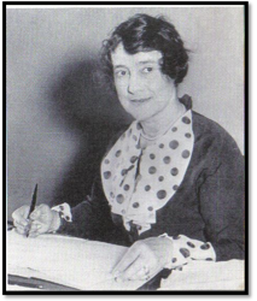
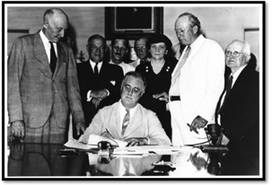
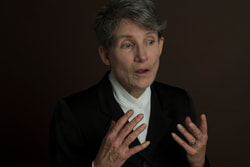
 RSS Feed
RSS Feed
